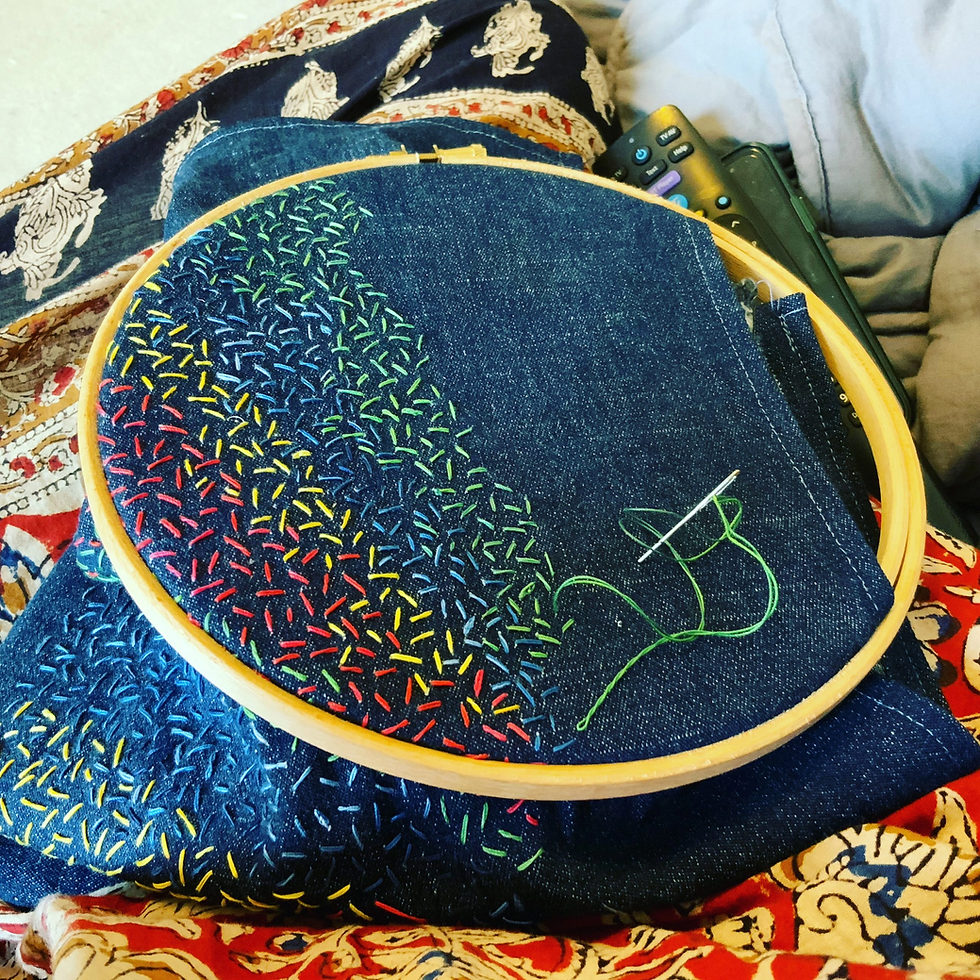My Top Tip for Overcoming Procrastination
- Isi Dixon
- Sep 30, 2020
- 2 min read
I recently ran a poll on LinkedIn asking people to name their top hurdle to productivity. It was no surprise when the result came back – a large majority of people (54%) named Procrastination their number one issue. FYI, distractions came in at 31%, lack of planning was an issue for 15% of respondents.
This, of course, prompted me straight into action and I’m making October “Anti-Procrastination Month” with both my social media and my blog posts.
With this in mind, I’d like to share my number 1 top tip to conquer procrastination. First up a confession: I am a master procrastinator. If there was a procrastination championship, I’d definitely be in with a chance for the top prize.
“But how can you be a Productivity Expert and procrastinate yourself?” Good question. I think “suffering” from the infliction myself makes me an even better expert. I know the hurdles; I have encountered them personally and I have learned (partly the hard way) how to overcome them. This means I know where my clients are coming from, I understand them at a personal level, not just theoretically. So, what works for me? What is the top strategy I employ when procrastination strikes?
Top Number 1 Tip – Break it down
One of the main reasons for procrastination is that you can’t face the thought of spending hours doing a huge thing. So, you put it off. But what if the next step was actually tiny? What if you didn’t have to write, edit and publish a whole blog post, but simply think of a topic? Step one done. You’ve made progress.
The tip is: what is the next smallest step you need to do to move the task or the project forward, even just a tiny bit? Do that tiny step.
In many instances this might be enough of a prompt for you to keep going. Because once you have that blog topic, you might as well do a bit of research around it. Another tiny step would be “Open a Word Document”. Do that. Now write the topic at the top of the page (don’t try and craft a brilliant headline just yet, that comes later).
You can either think of the next step then take it or write down the next few steps and tick them off once they’re completed, whatever works better for you. Whatever you choose, little by little you are working towards completing your task until it’s done.
Here are some examples of tiny first steps:
You get the idea? Over to you. What’s your first tiny task that can get you moving?
I have, of course, many more of these strategies that I can suggest. I have collated them into a resource that is available as part of my Ultimate Productivity Bundle. If you’d like to check it out, here’s the link.
.png)



Comments